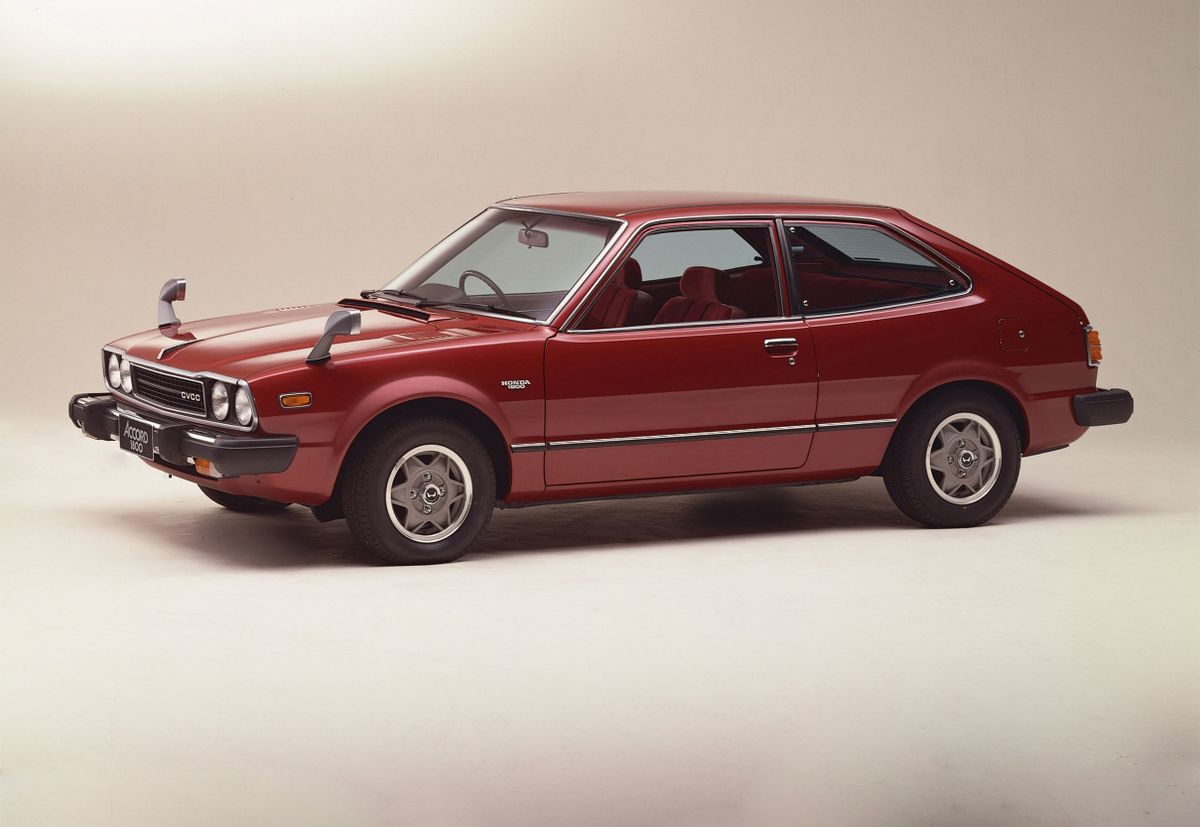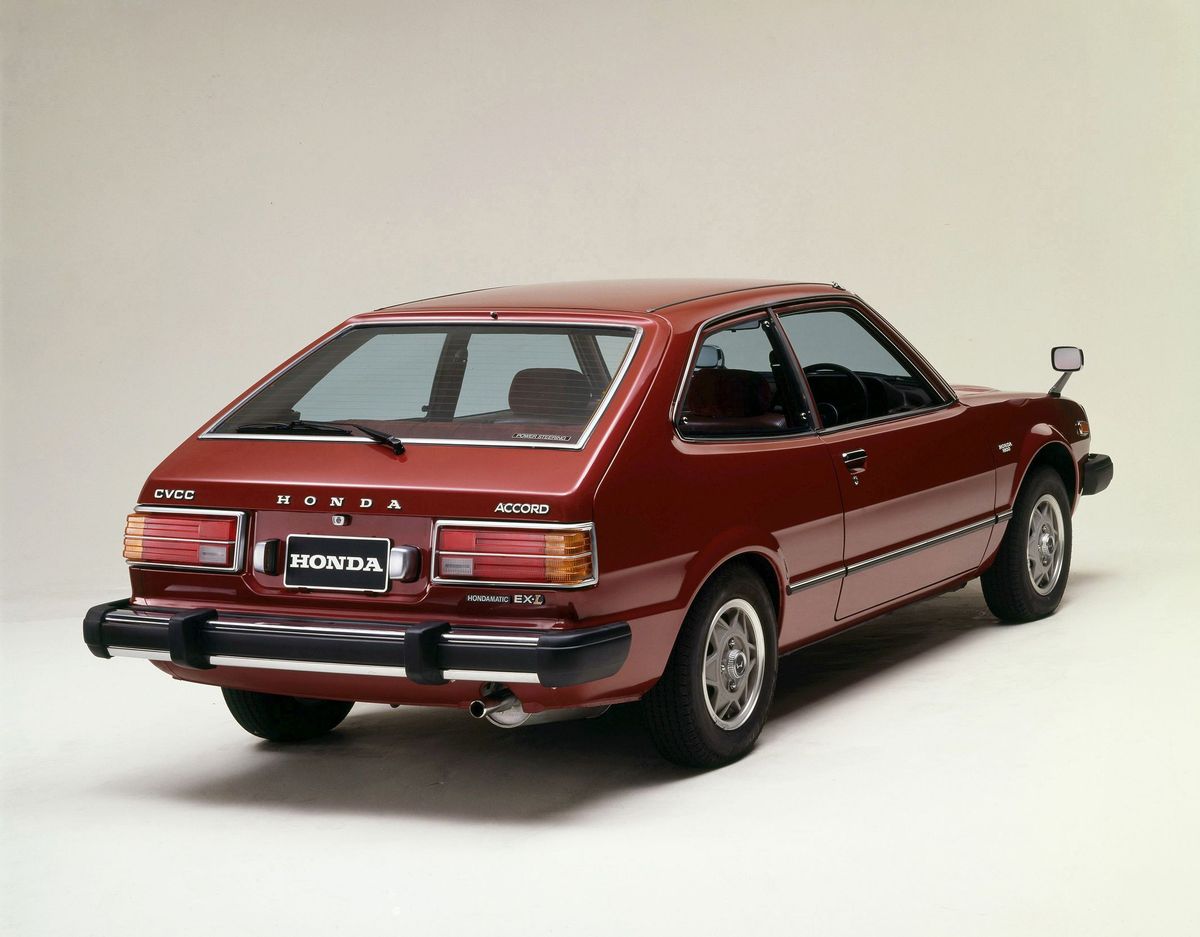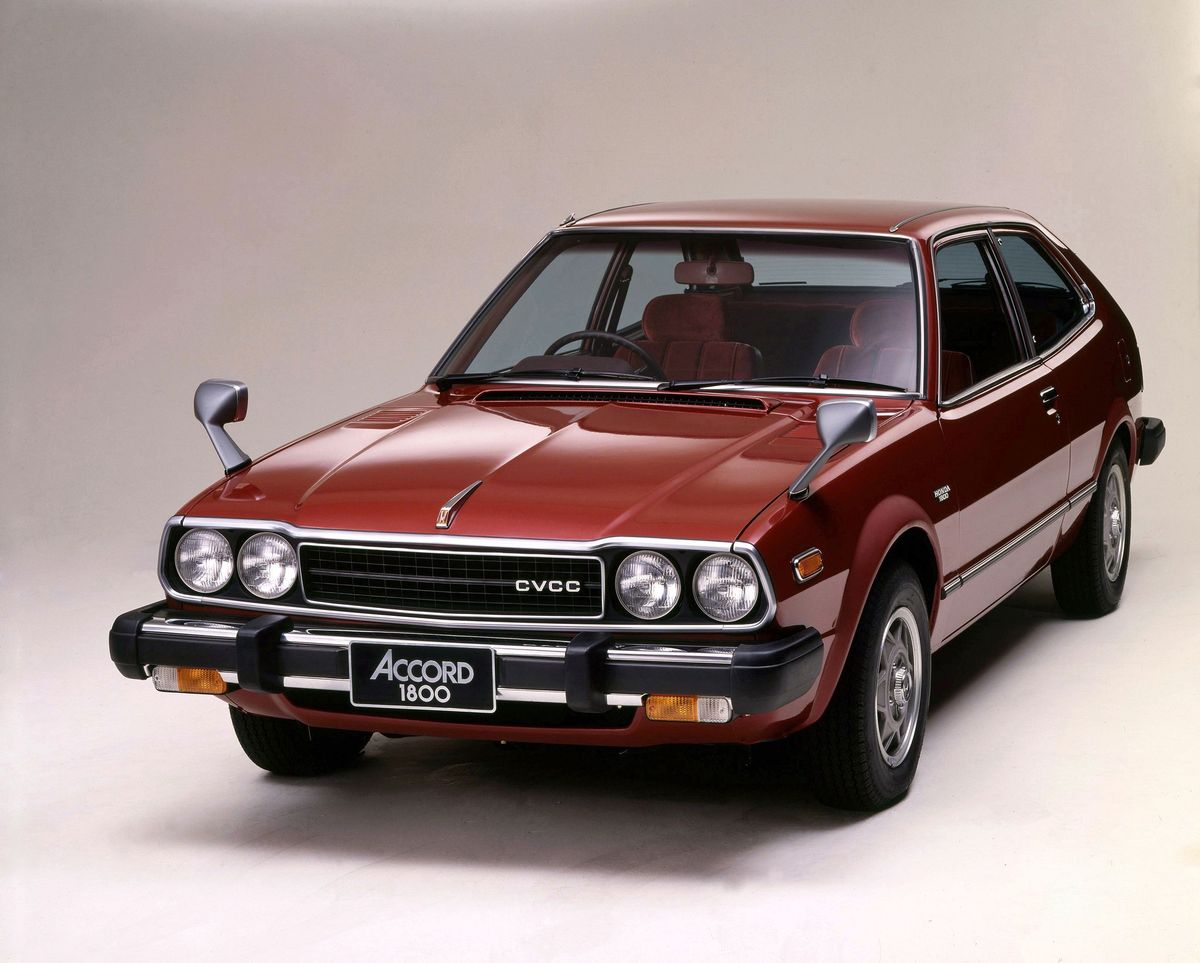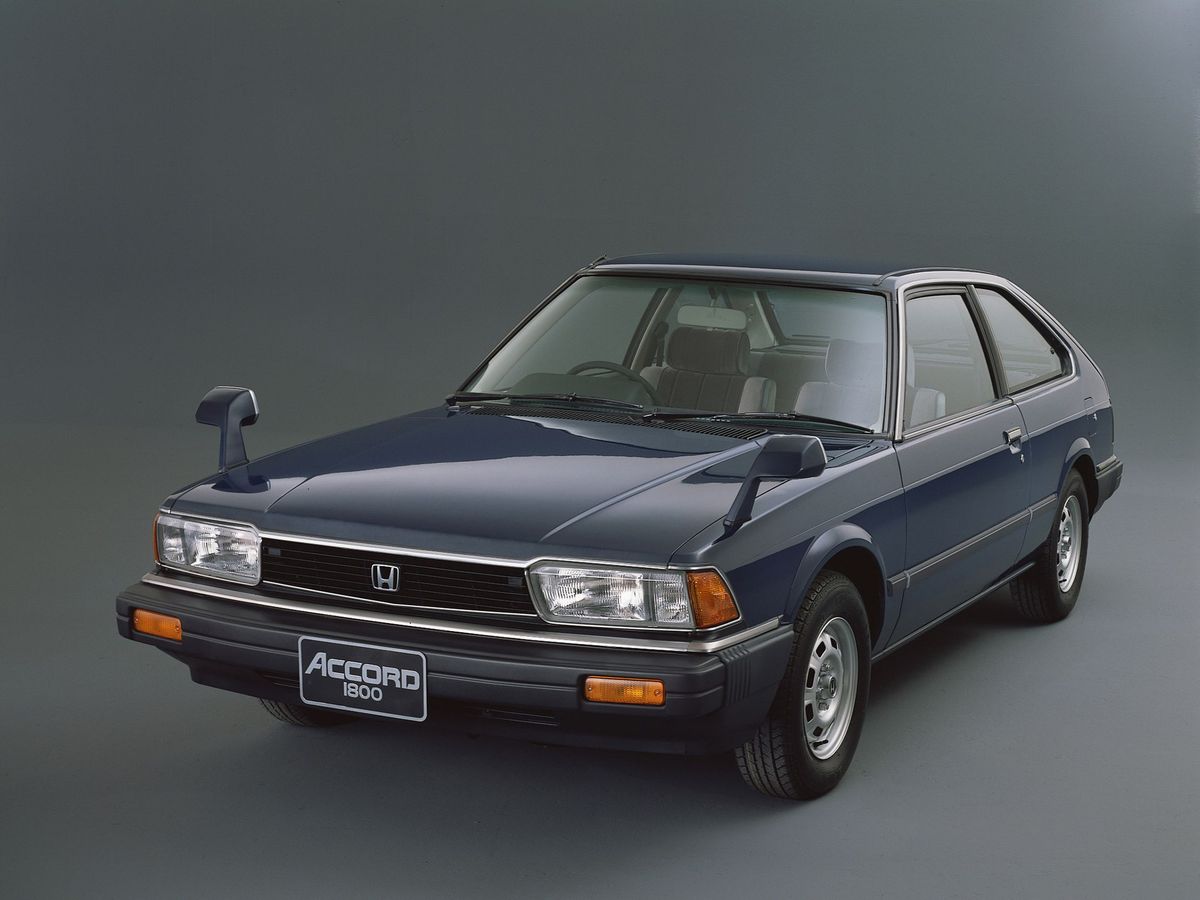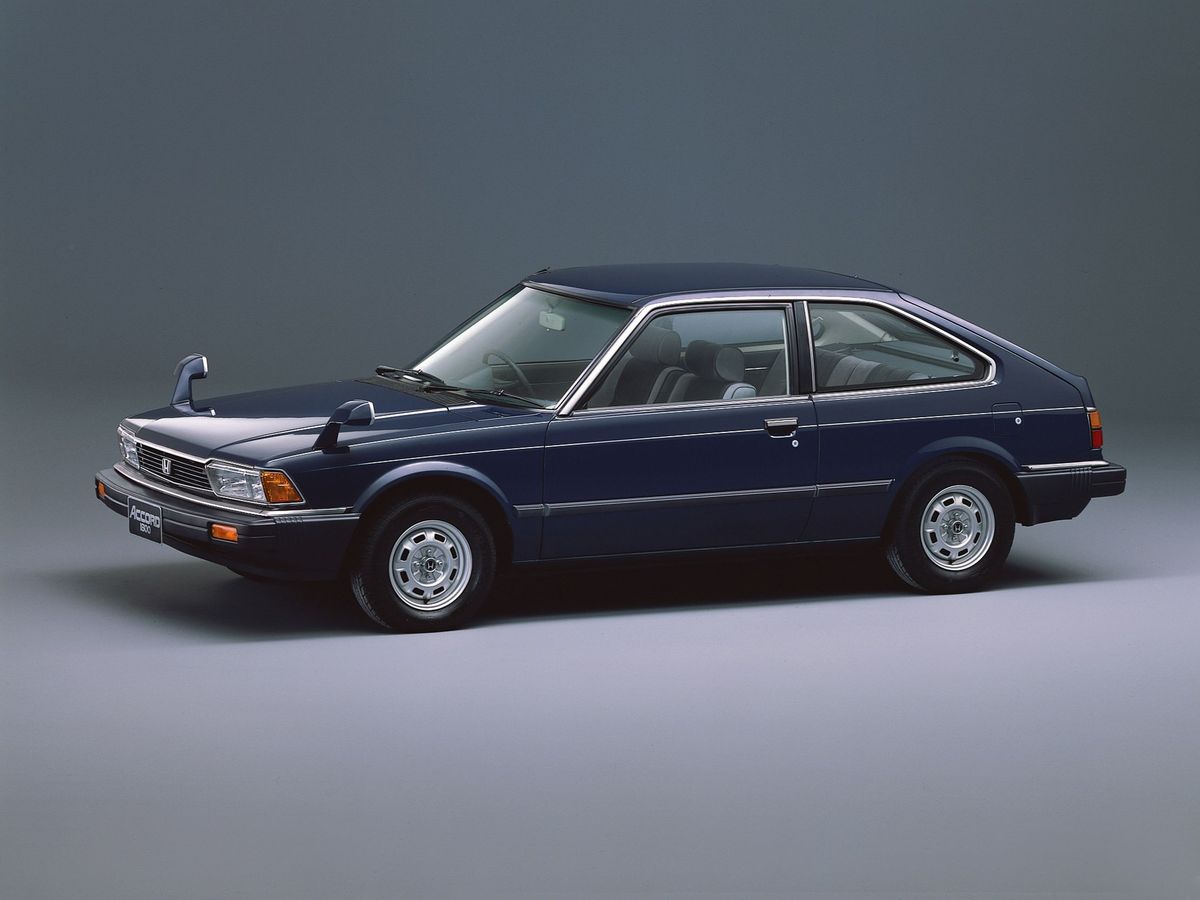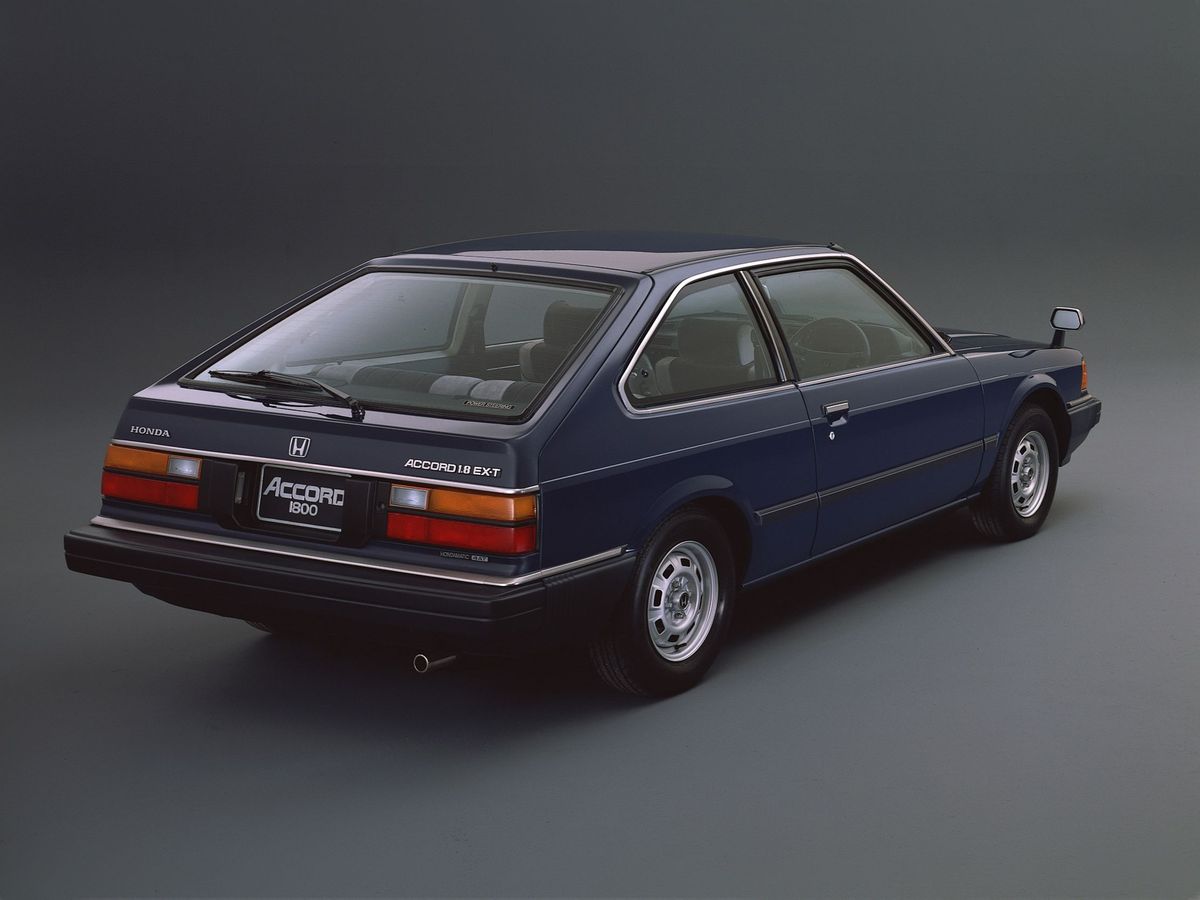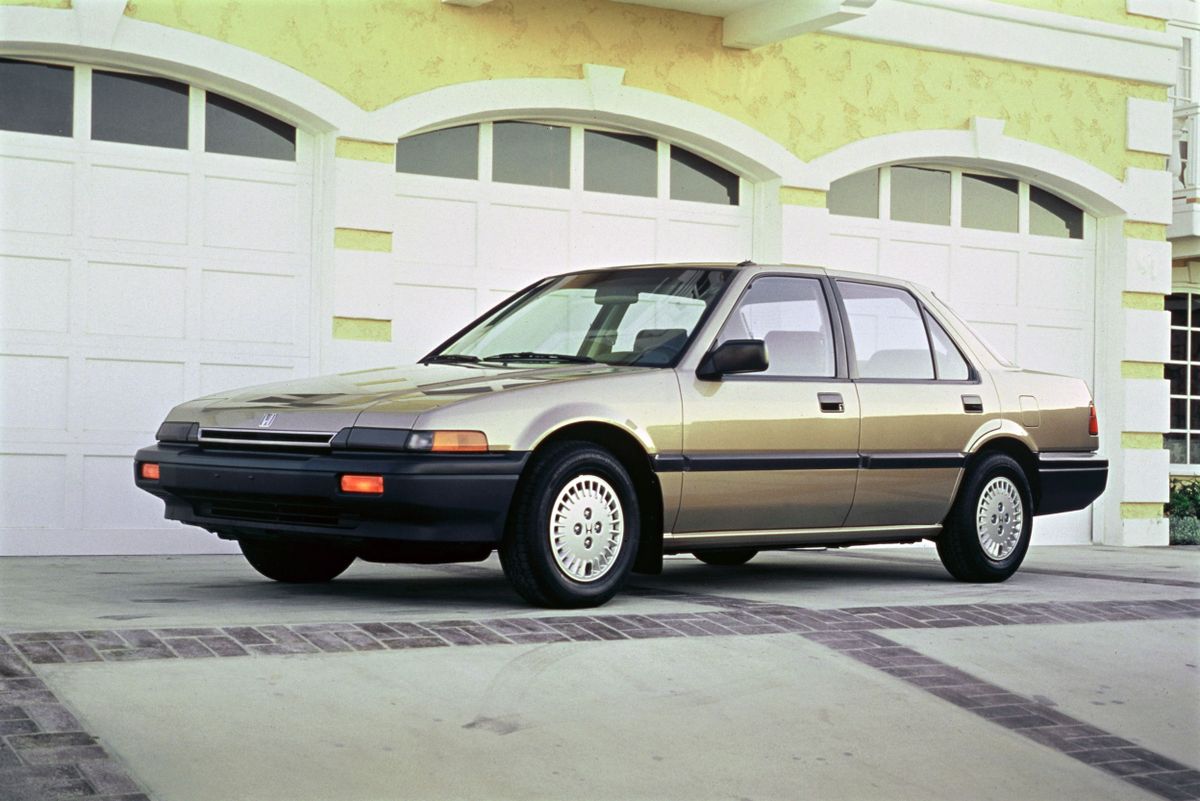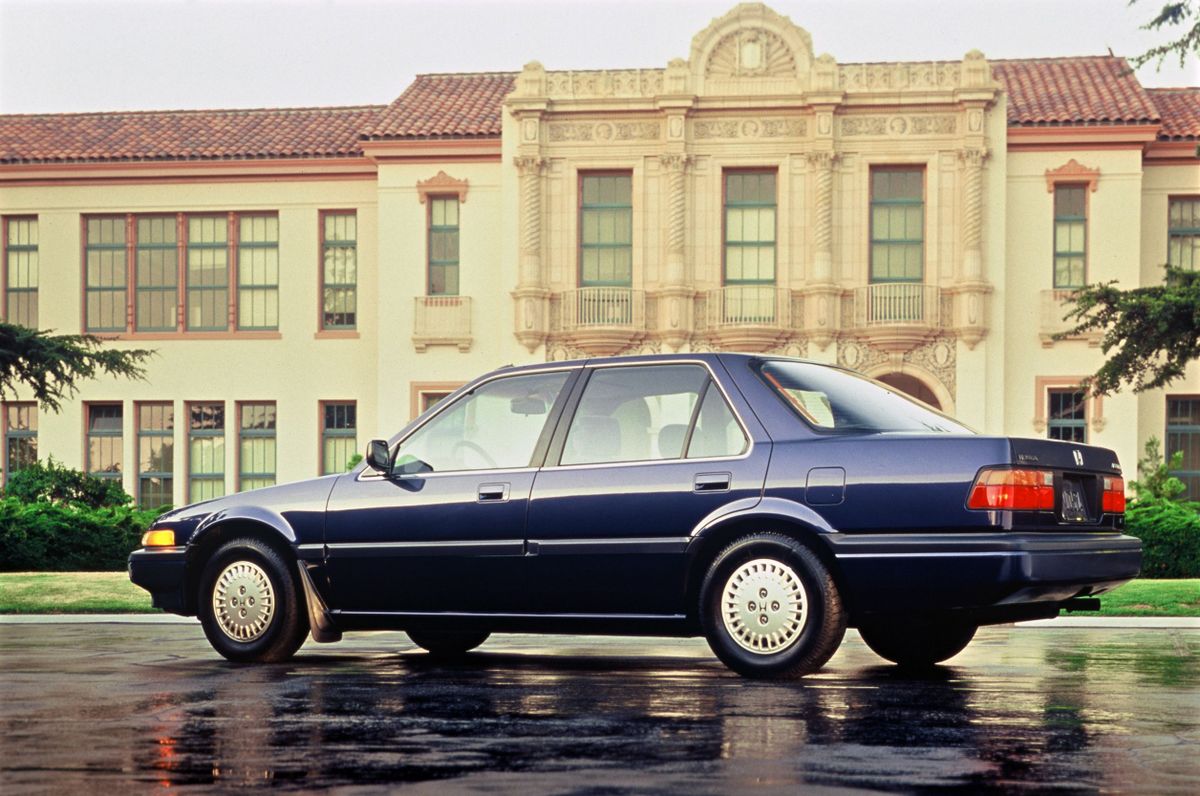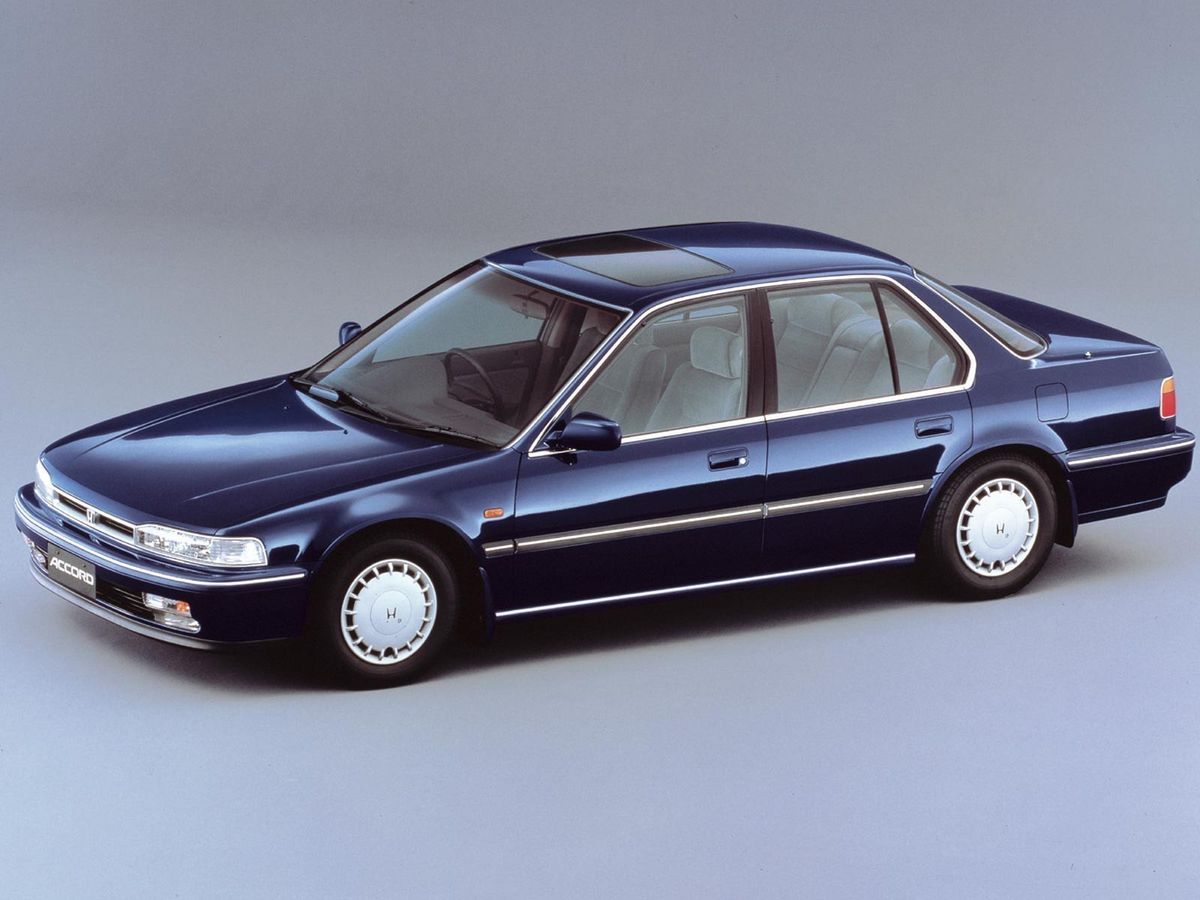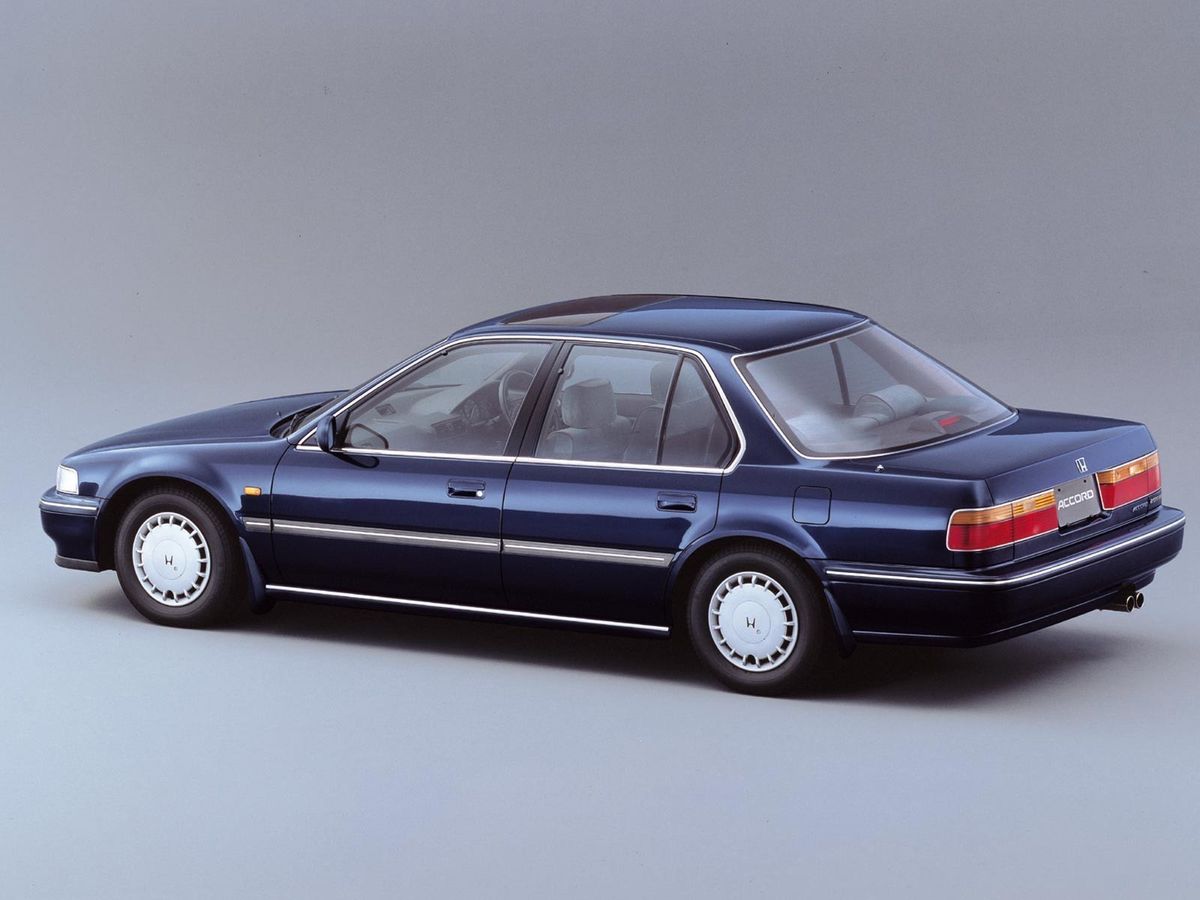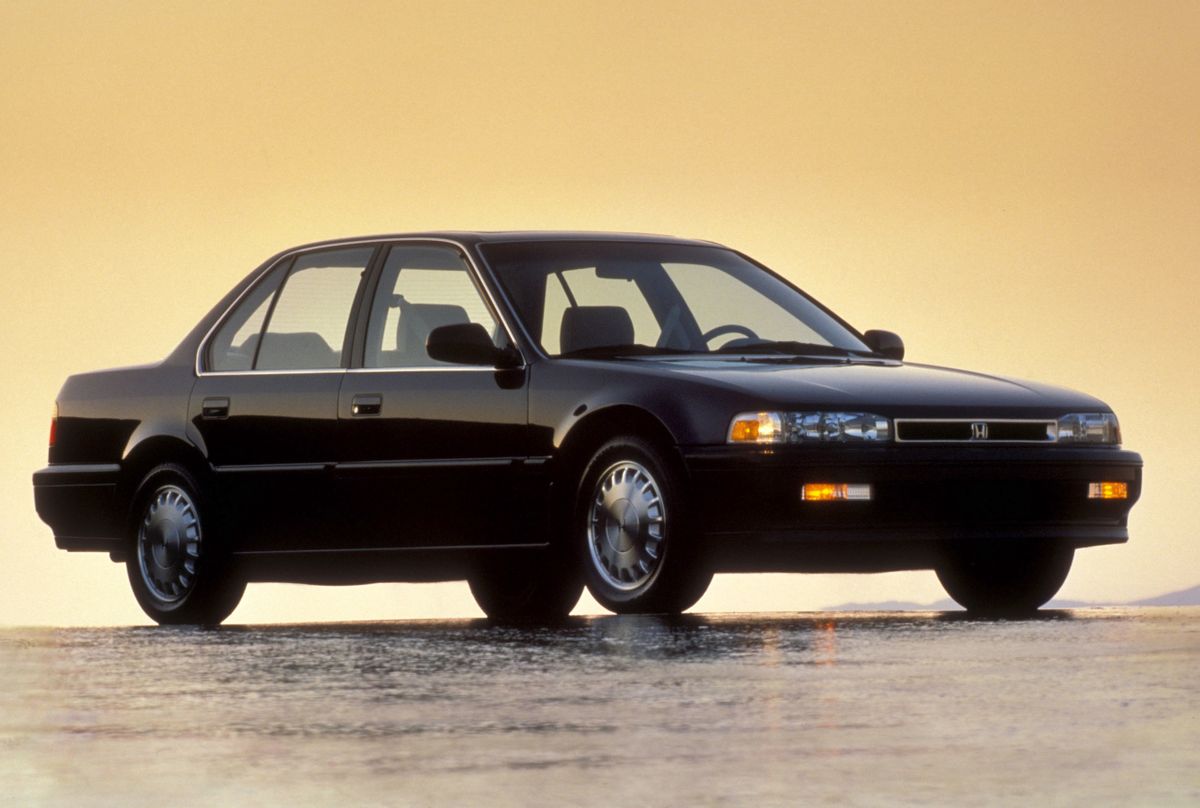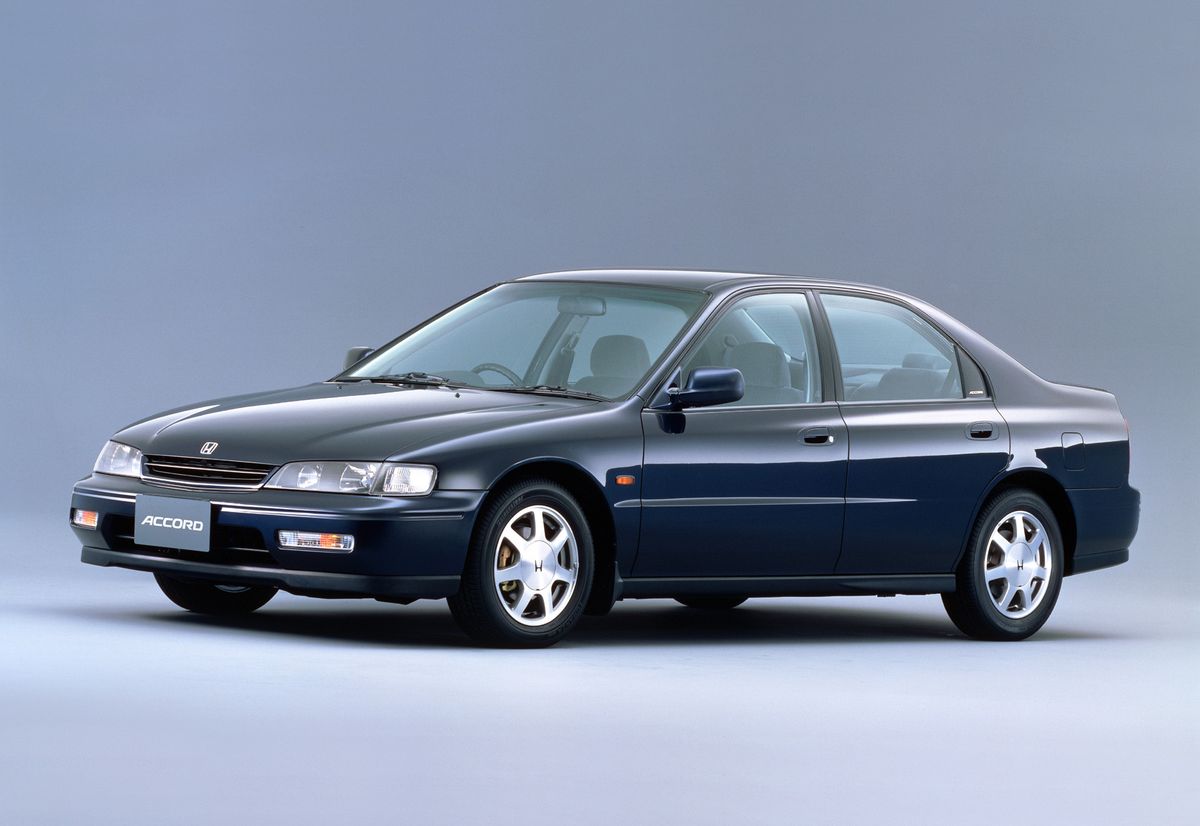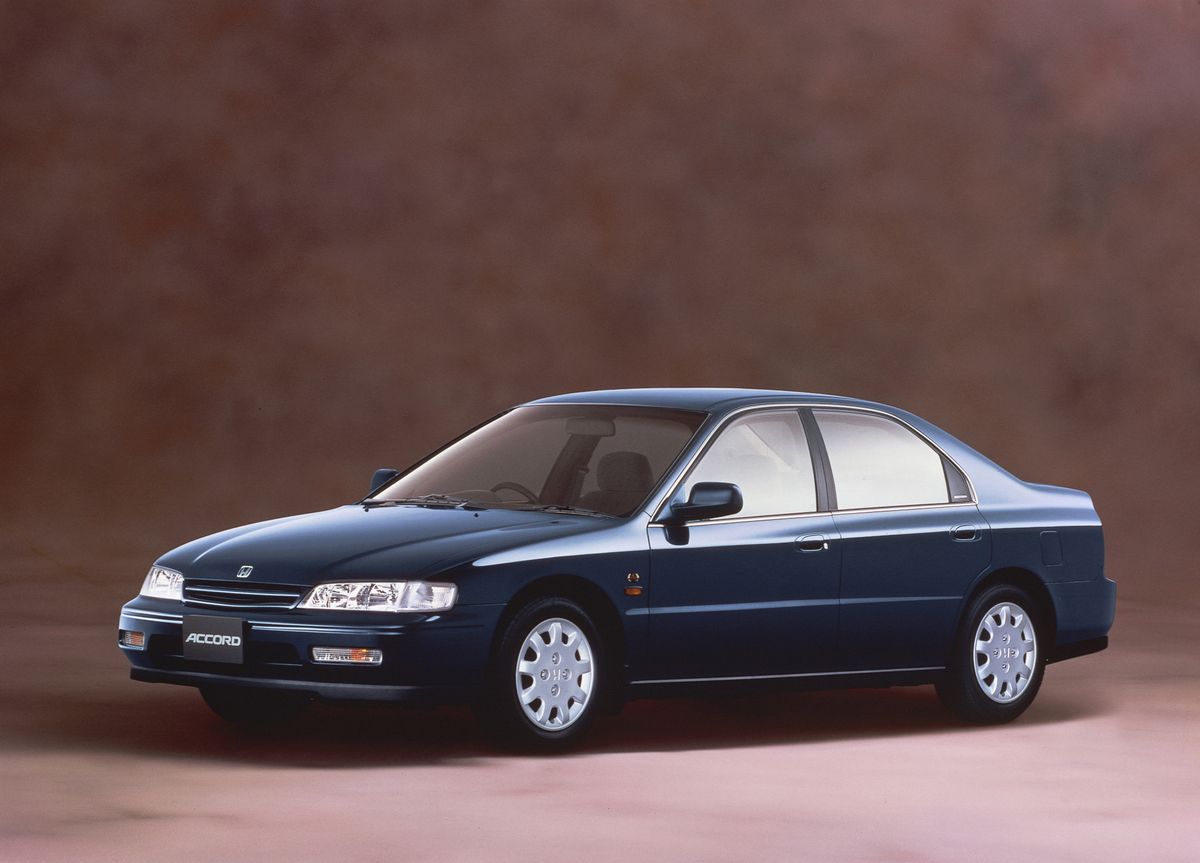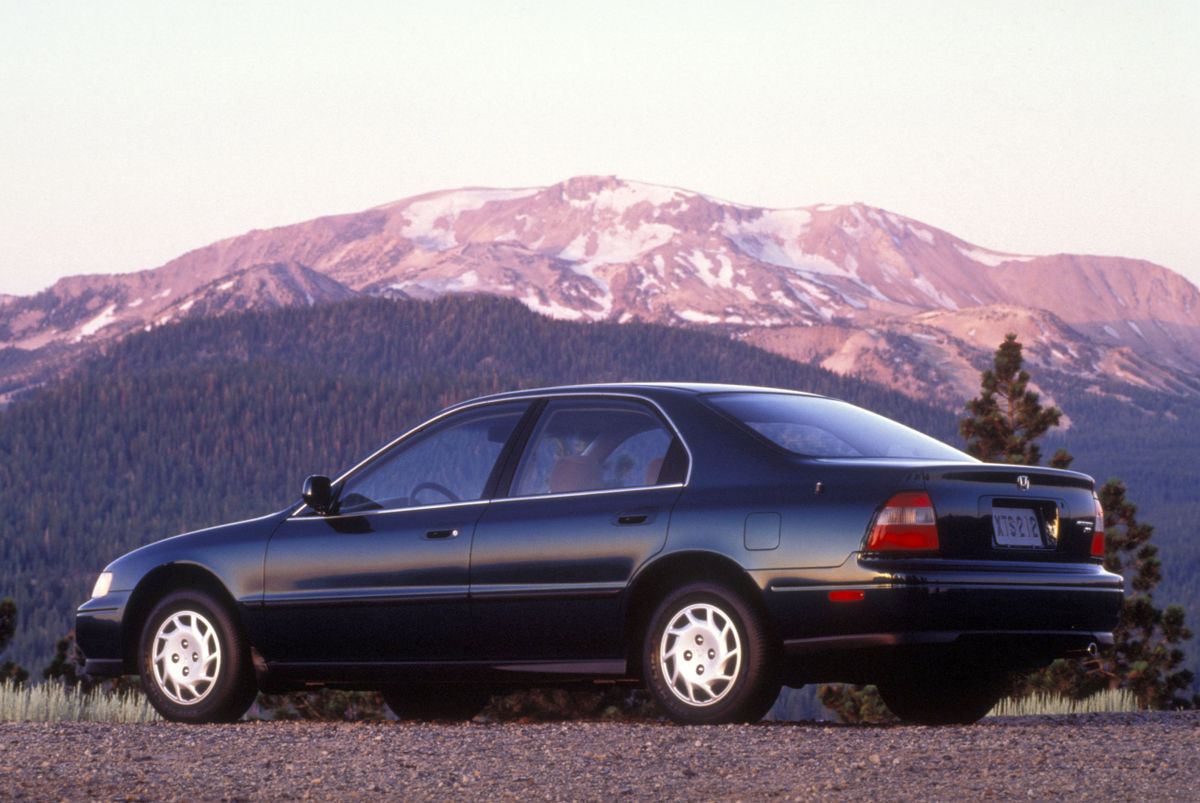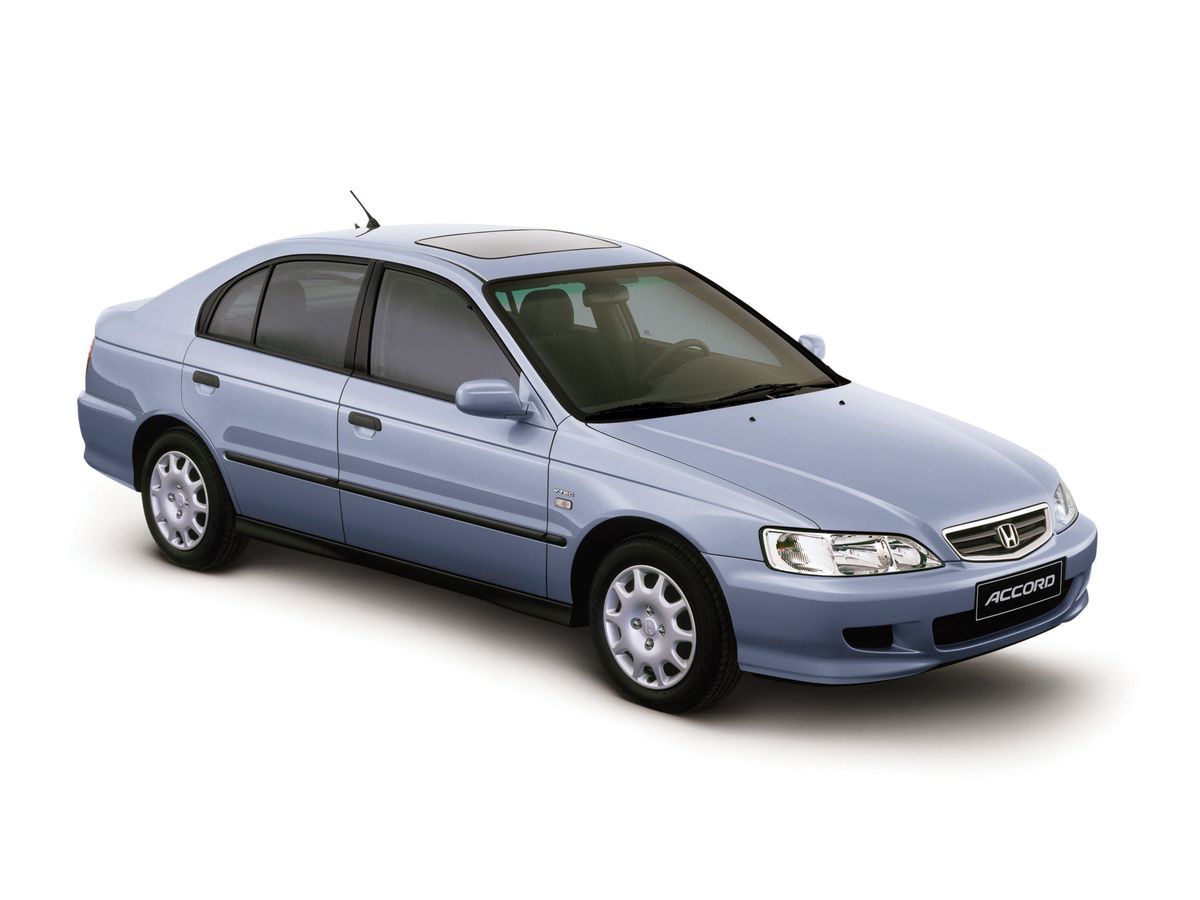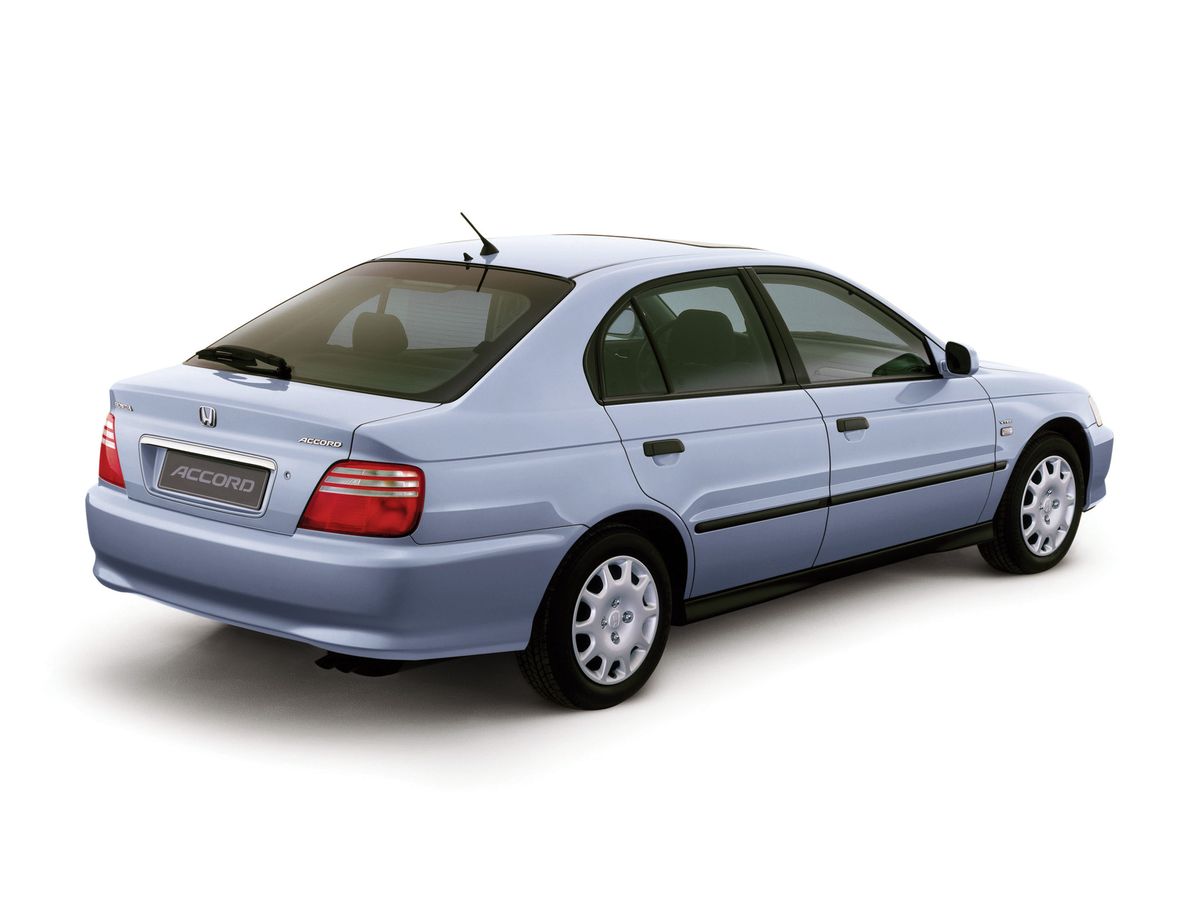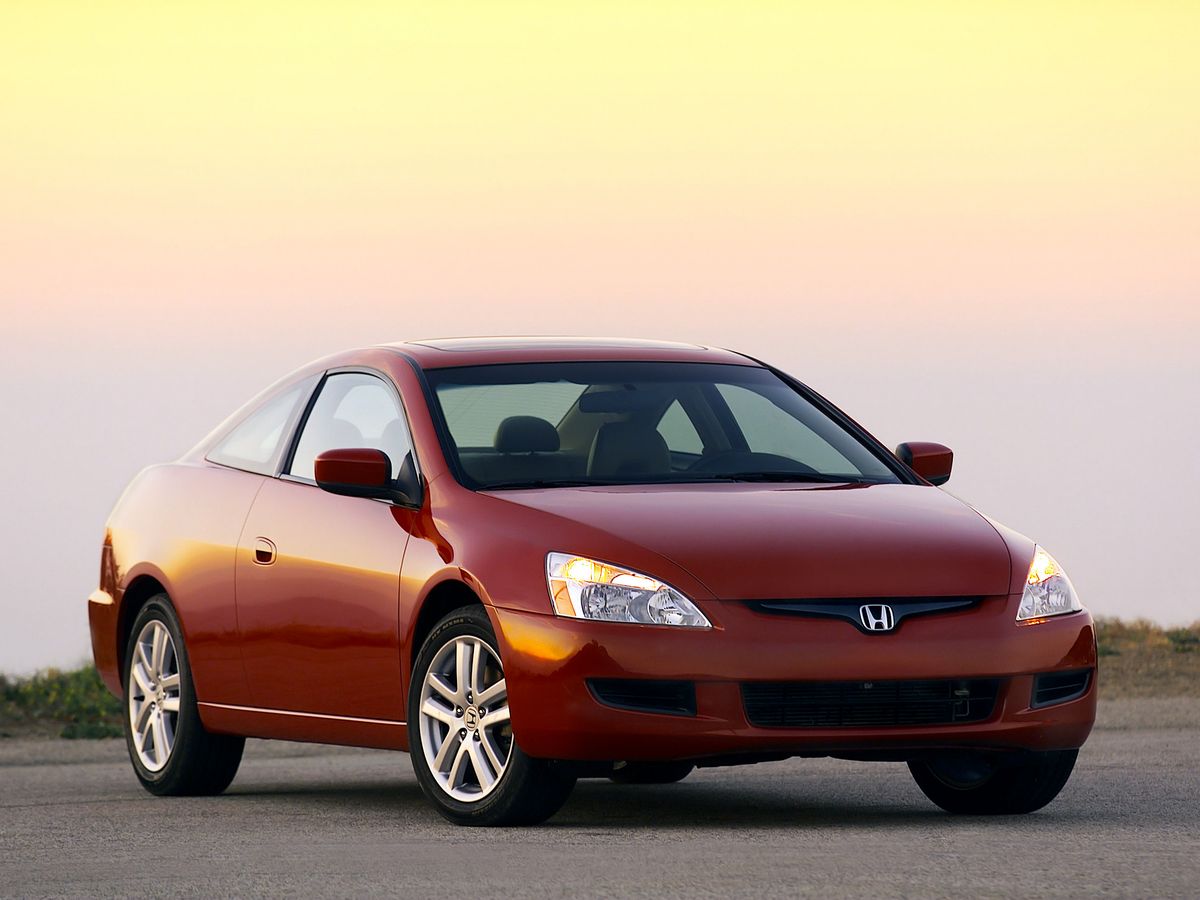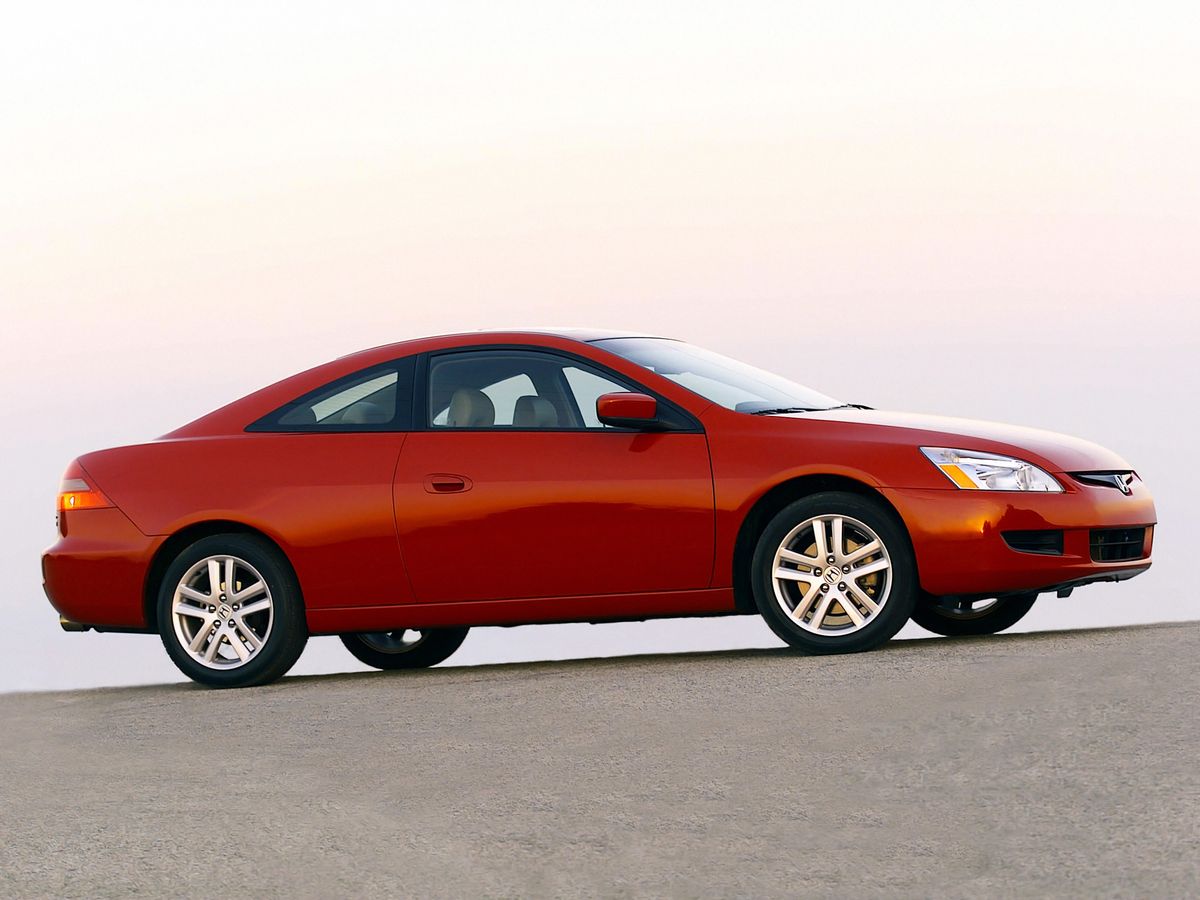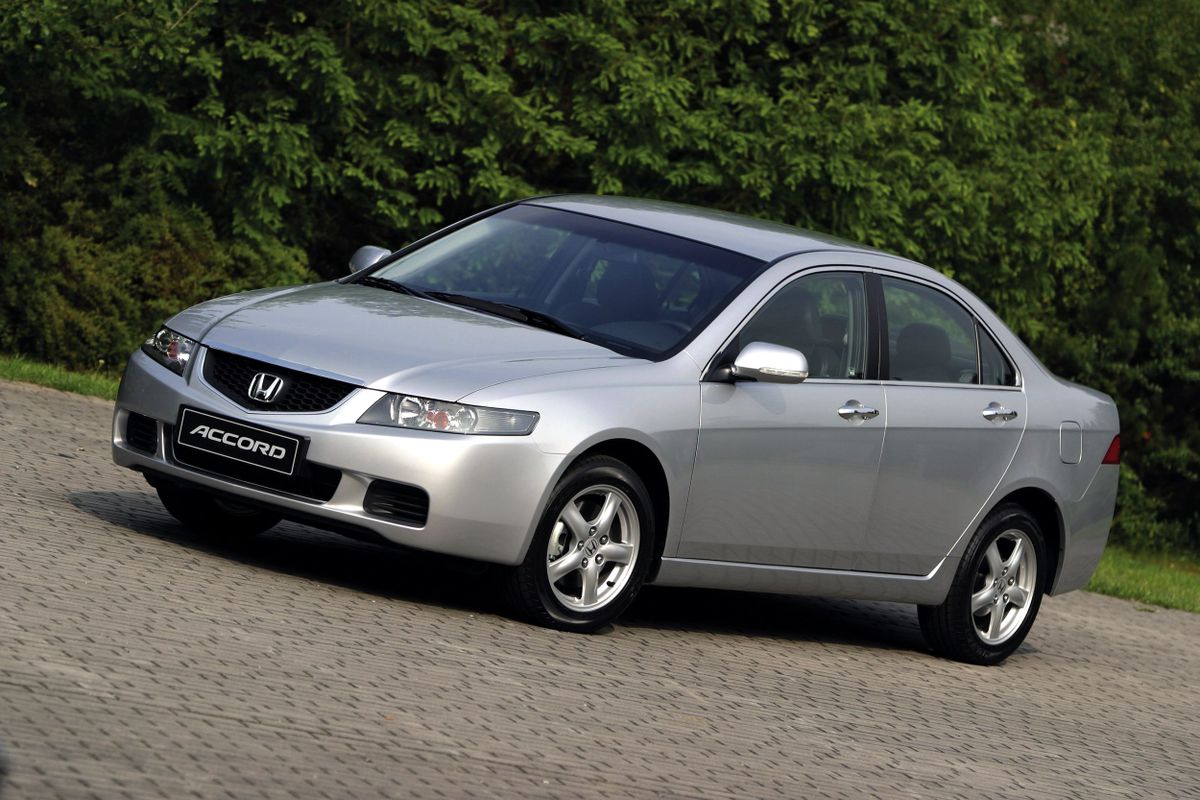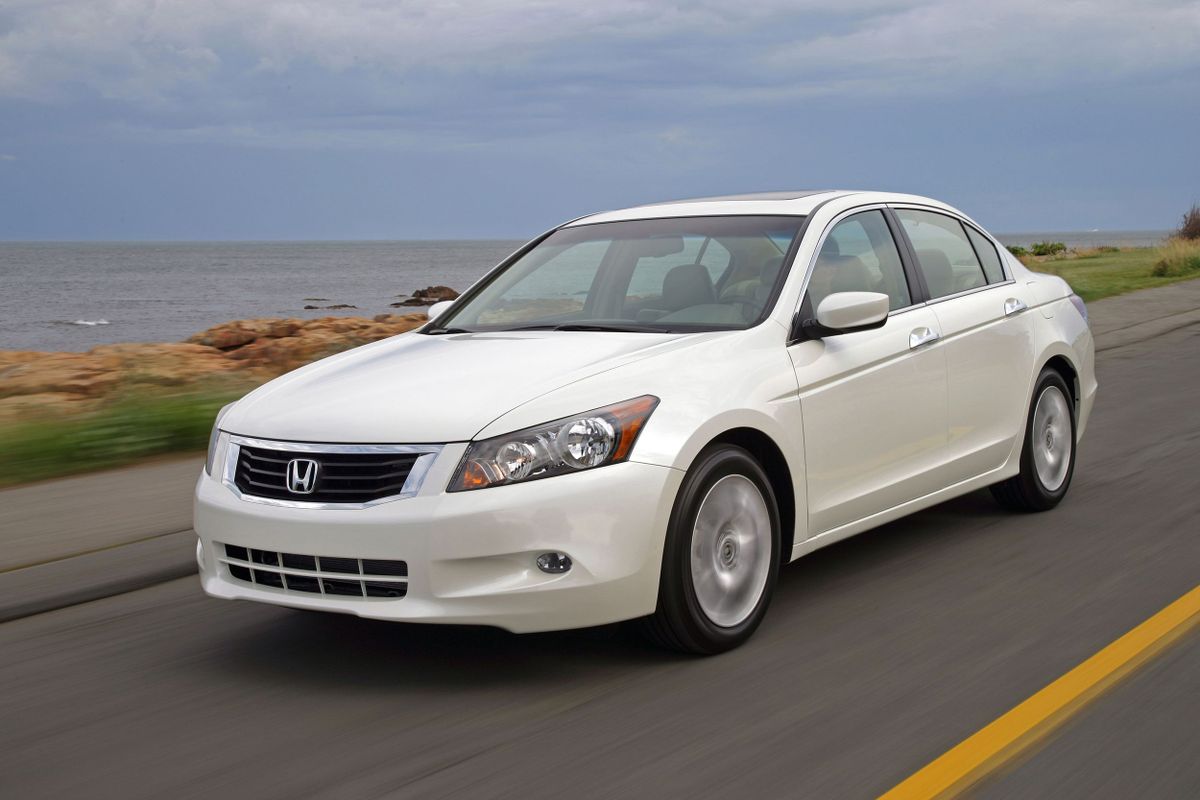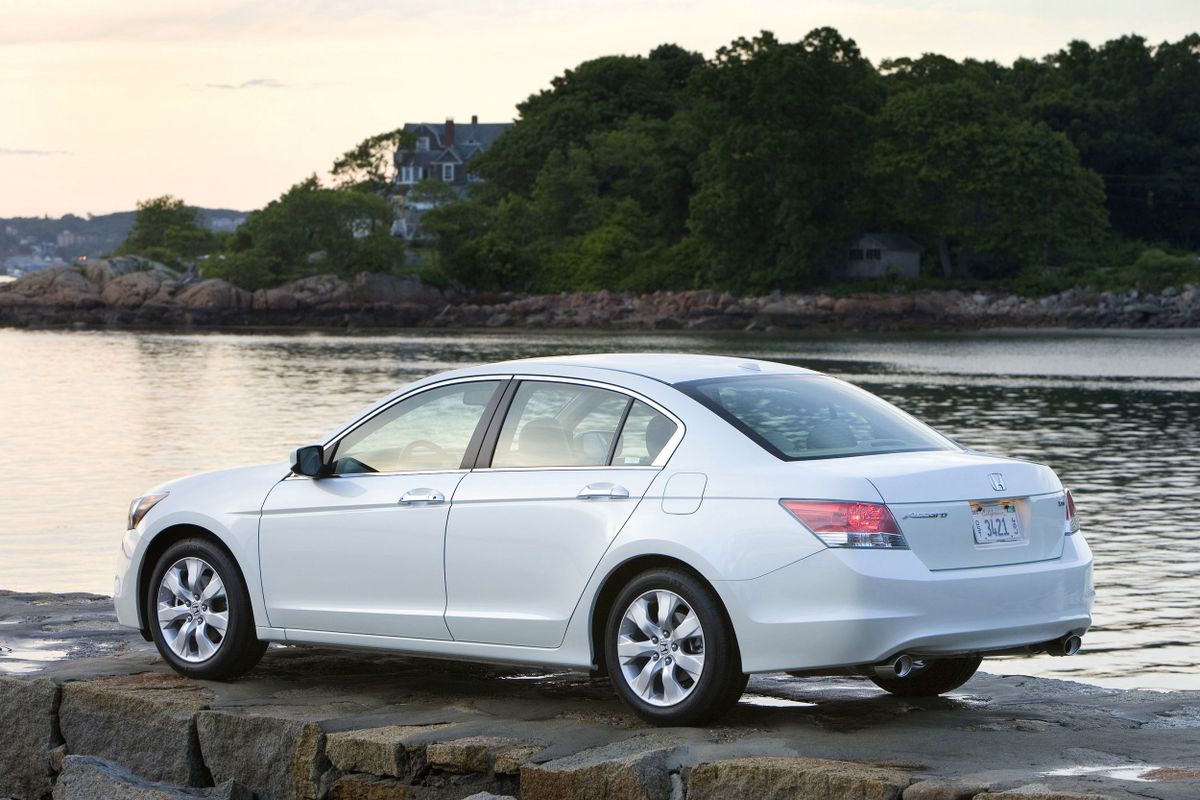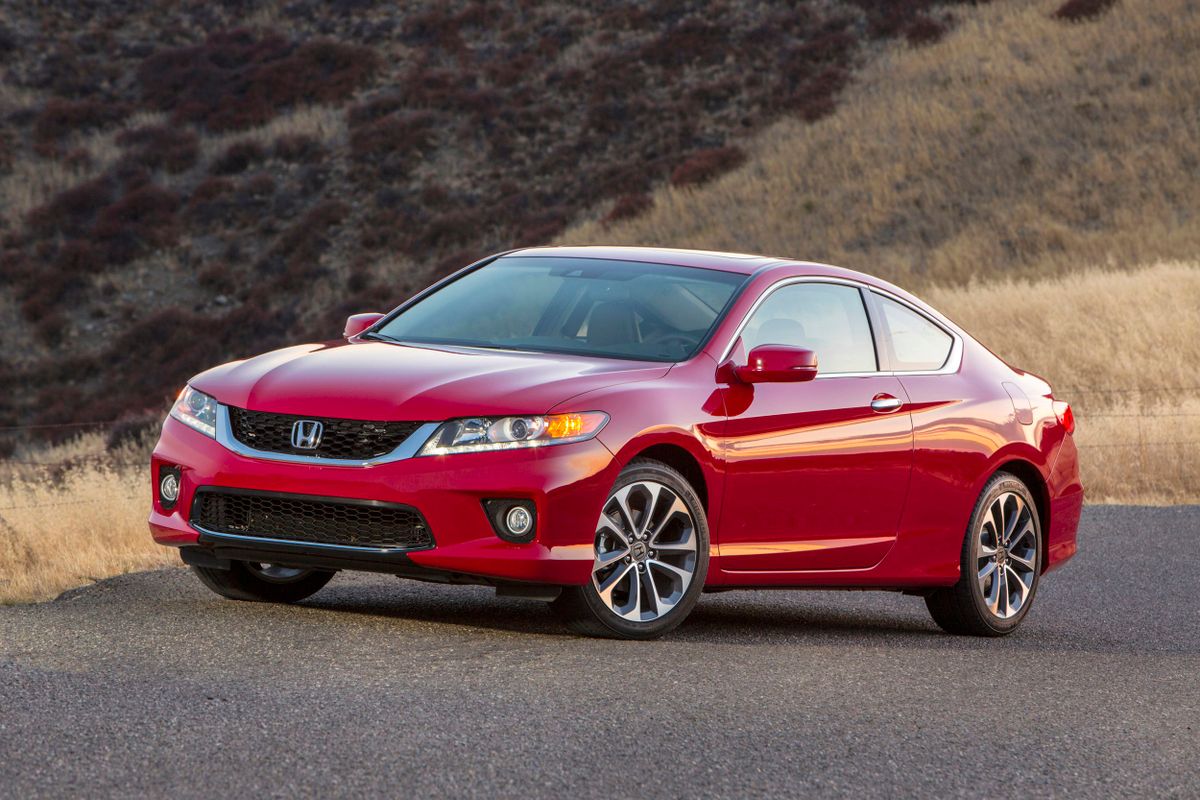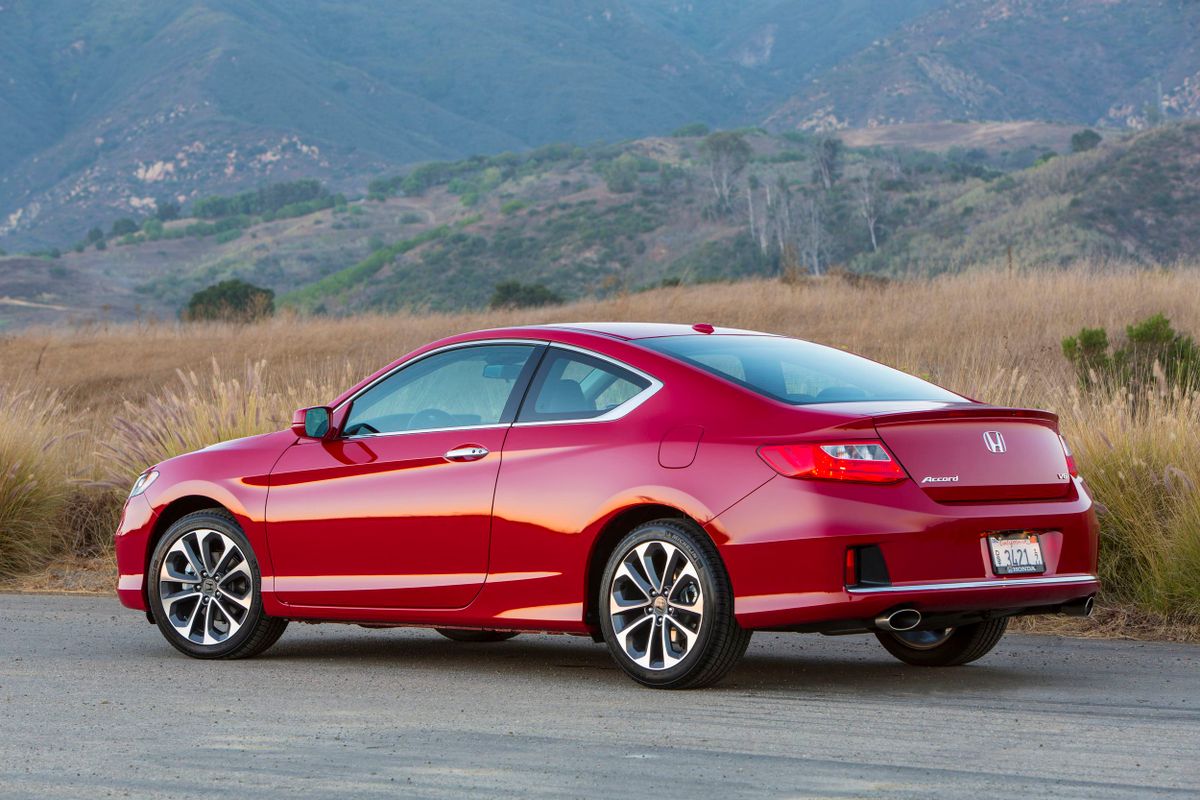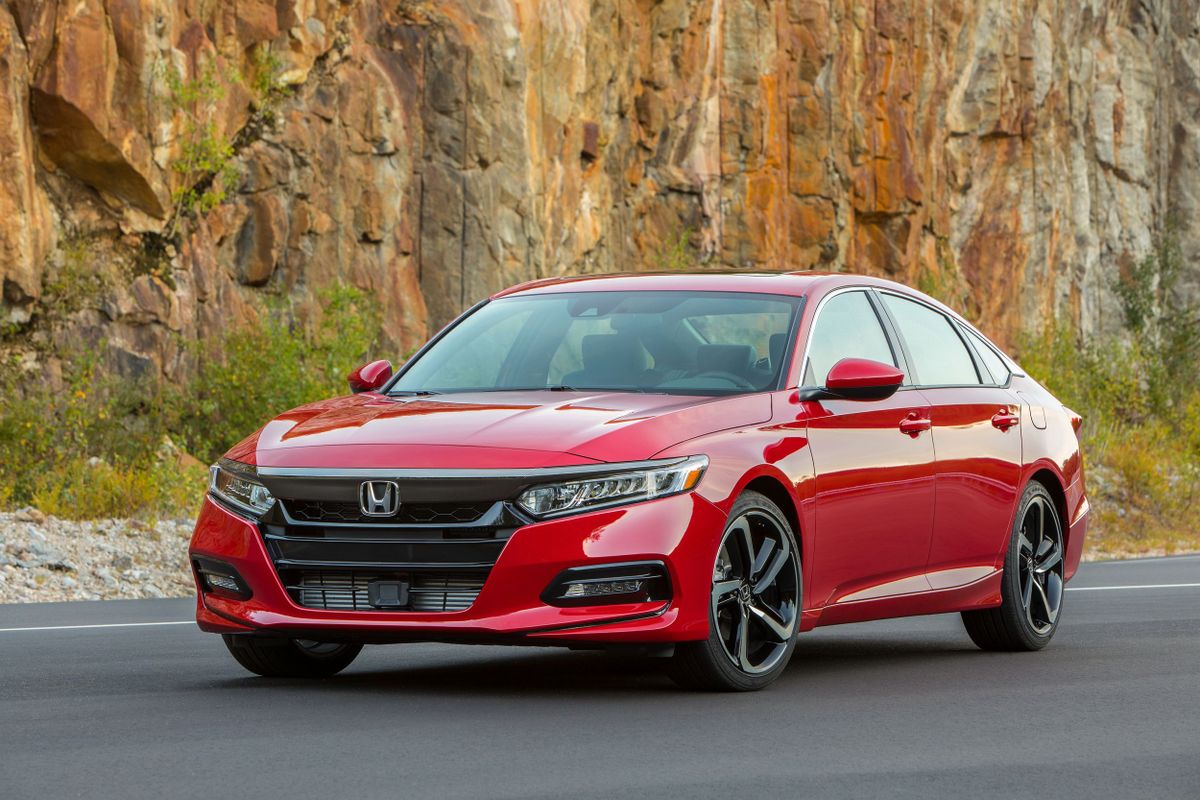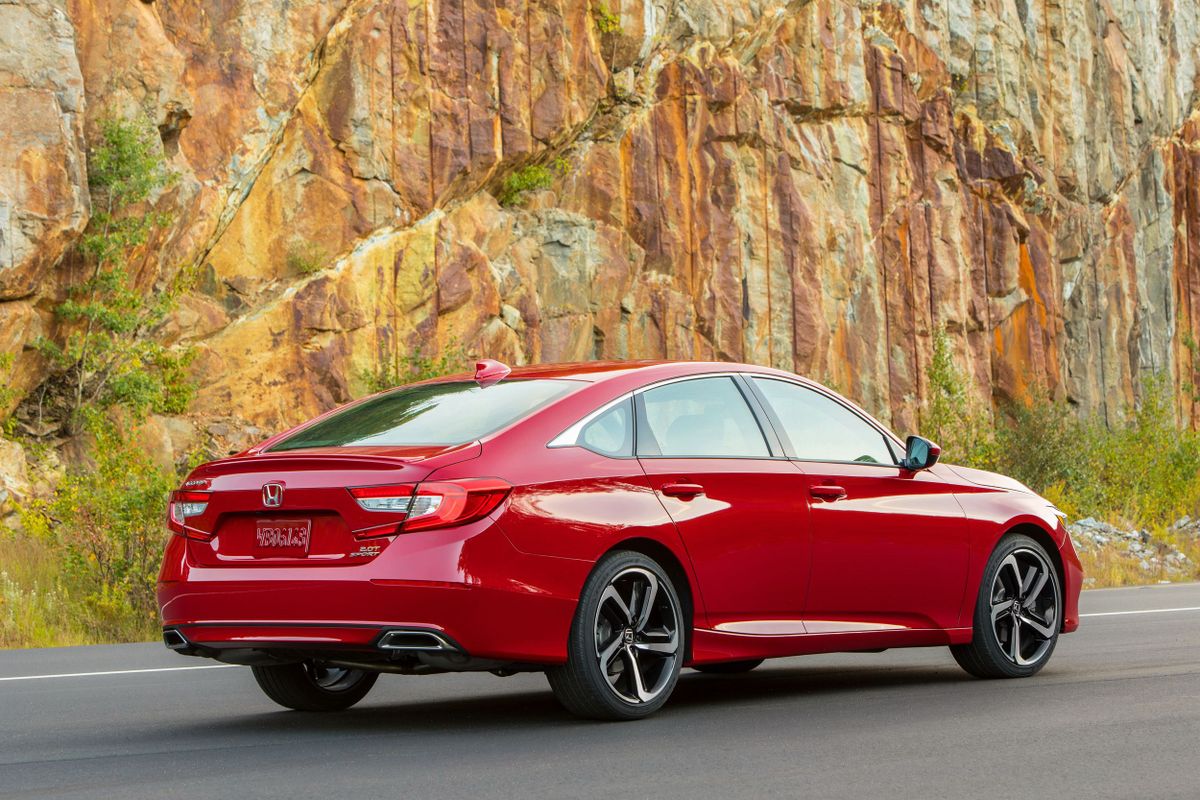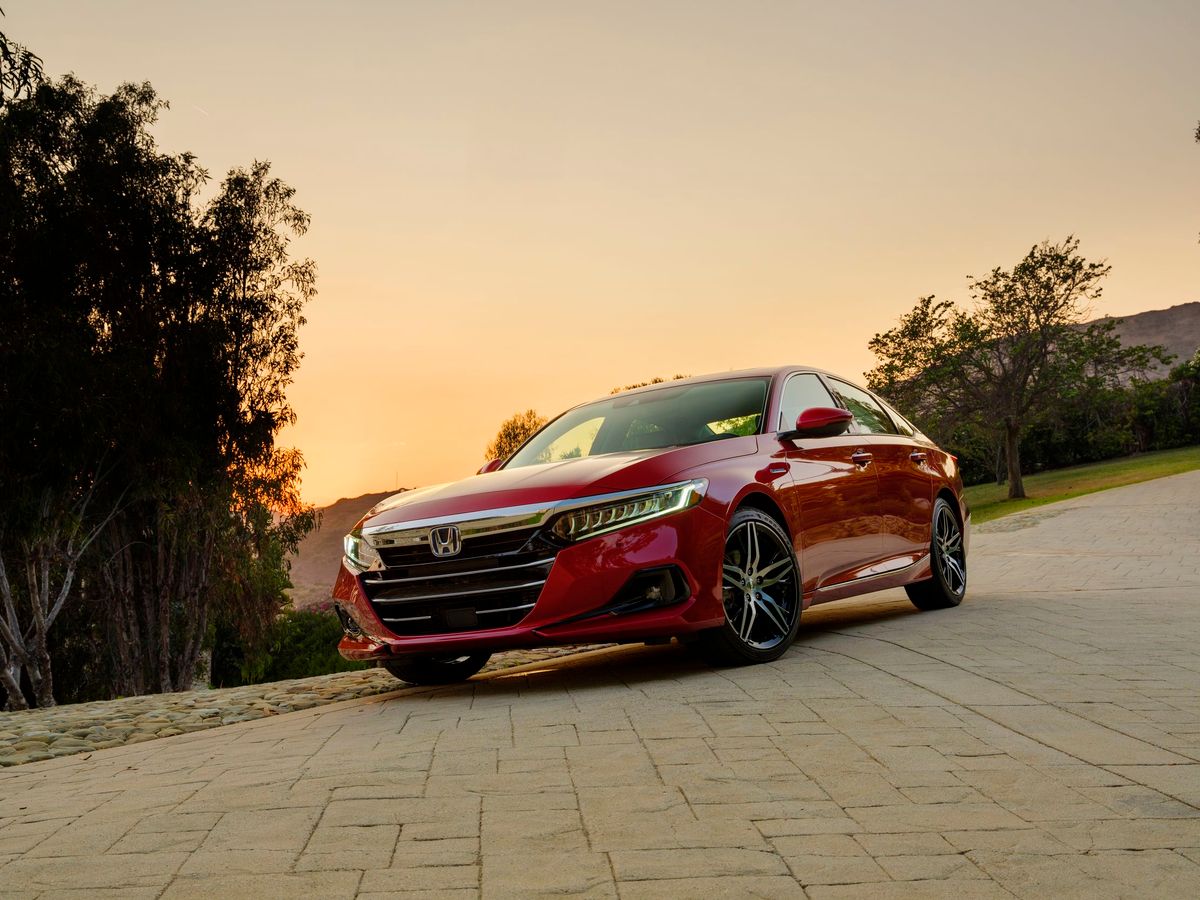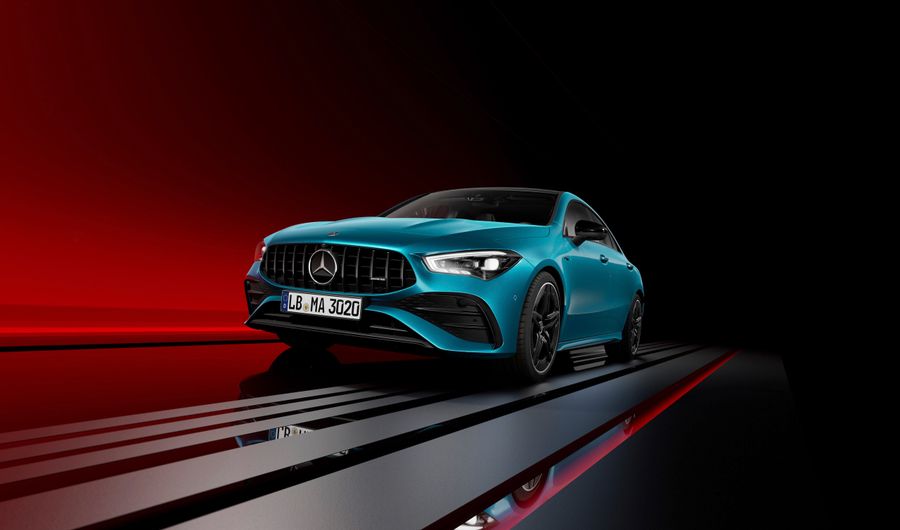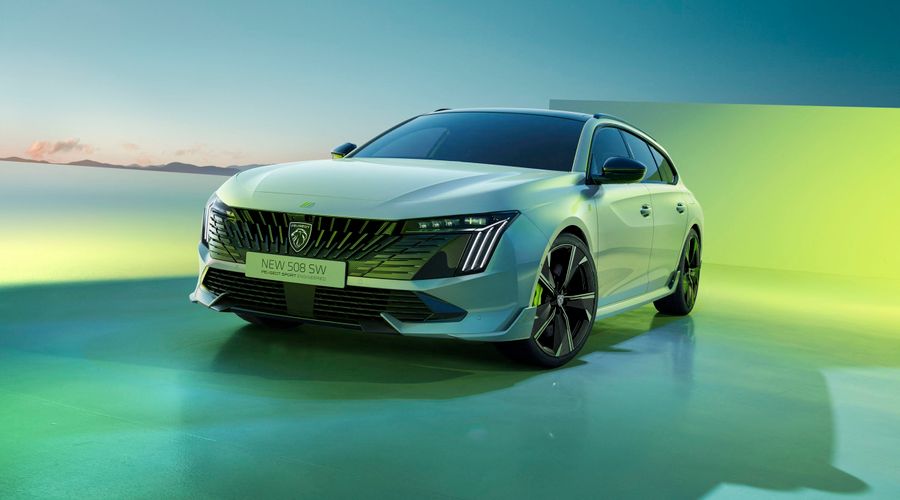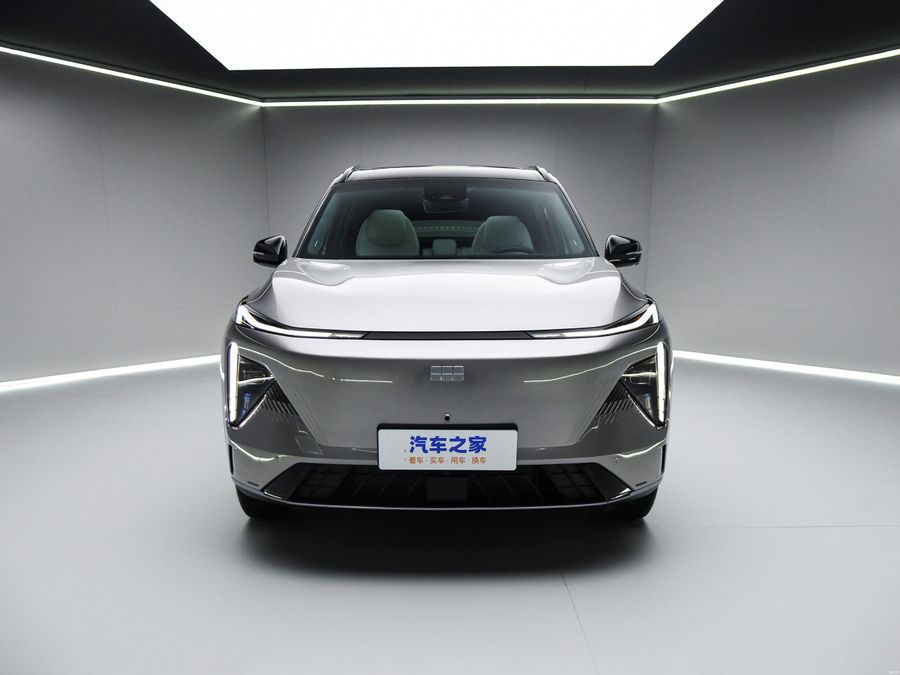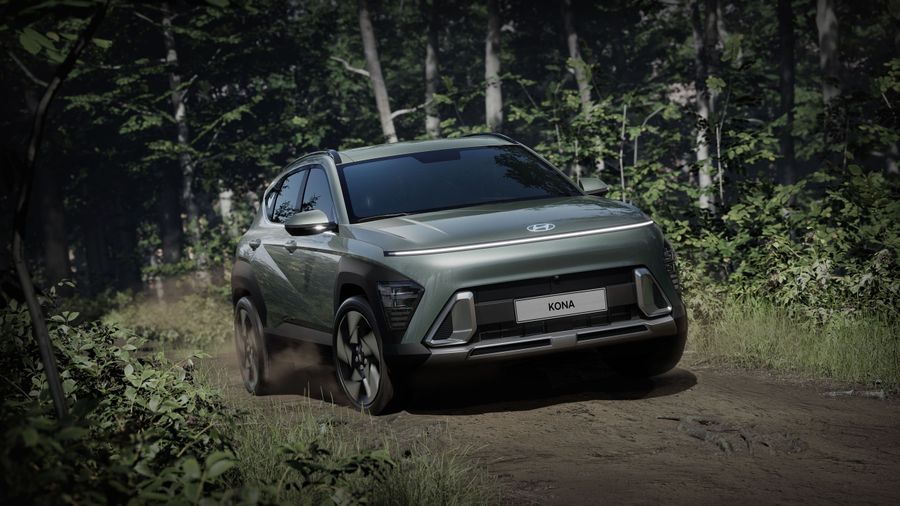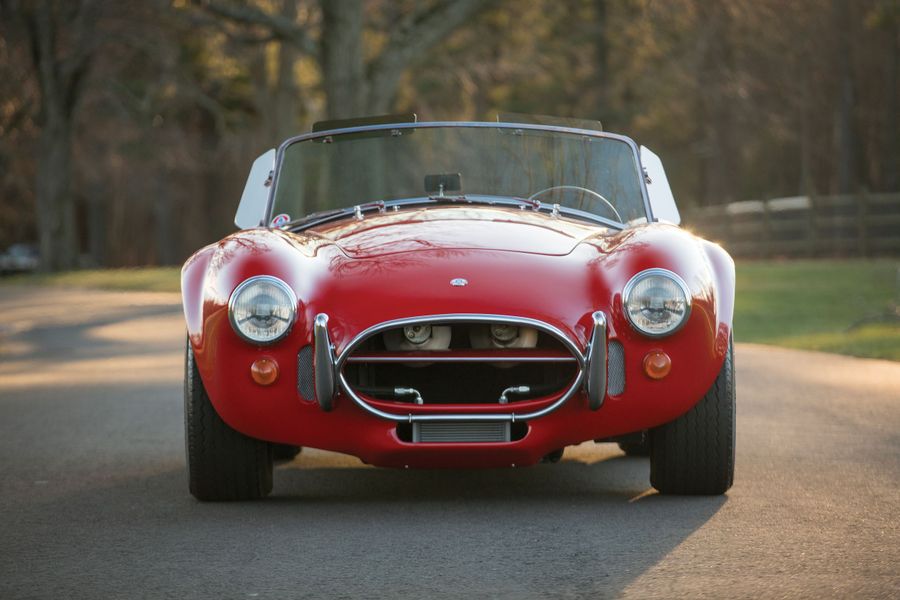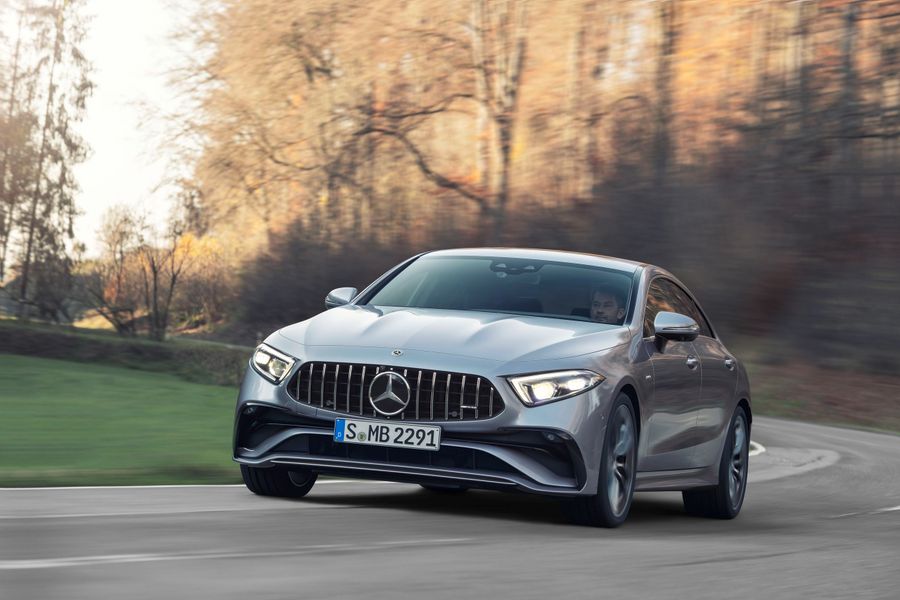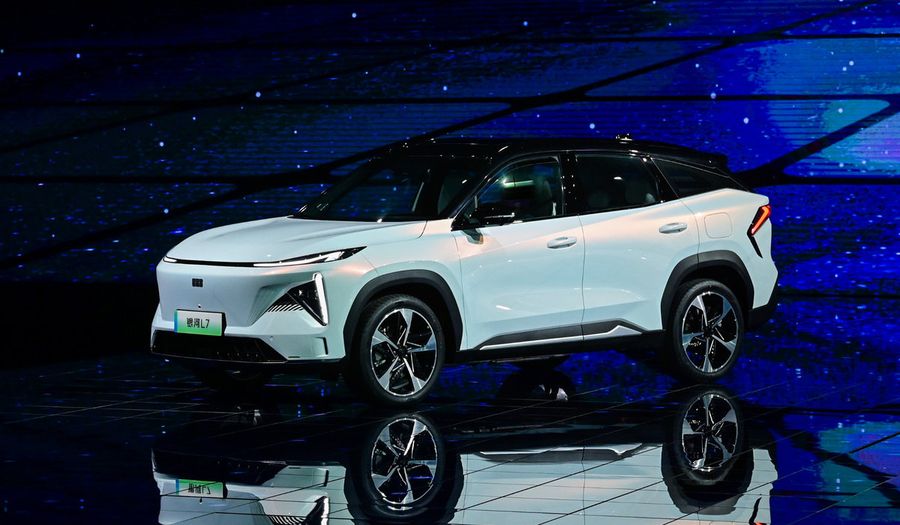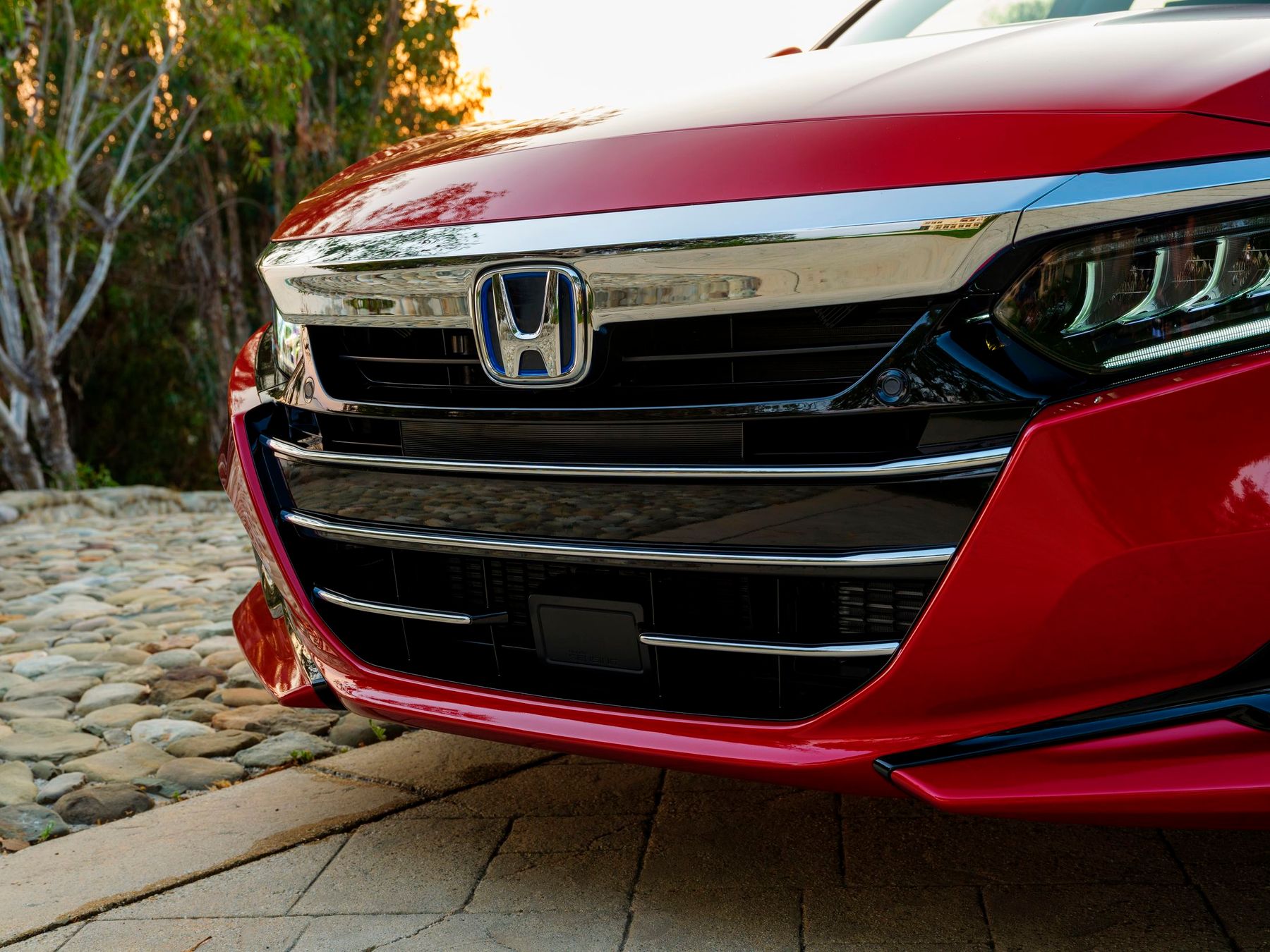
One of the iconic ‘samurai’
The Honda Accord is a mid-size passenger car produced by Honda (Japan) since 1976. It demonstrates true Japanese longevity with 45 years on the market and European diversity with a variety of bodies, including sedans, 3- and 5-door hatchbacks, estates and coupes. The manufacturer currently offers the tenth generation model, which was restyled in 2020. The Accord is not officially available on the Israeli market (as of 2021), but we’d like to review this model anyway, as it enjoys great popularity among European and American buyers.
In Japan, there were three competing sedans of the same class: Subaru Legacy, Mitsubishi Galant and Honda Accord. Their owners still sit proudly behind the wheel, no matter what year their favorite was made, and when they meet another competing model, they think that their car is better than that of a rival. All three cars were trendy, had a similar ideology, powerful sports modifications and a glorious long history. Therefore, it is difficult to imagine the role of any of the models, coldly pulling it out of the context of desperate confrontation and hot competition, which forged and refined each participant in the great battle of the Japanese four-wheeled samurai.
The Honda Accord has every element of an iconic car. The Japanese artists put their heart and soul into the design, while the engineers worked hard on the incredibly responsive engines… The Accord has an invisible and subtle soul, which makes this wonderful car different from the rows of faceless products promoted by marketers.
‘The Accord means harmony between people, society, and the automobile’
The first generation
It was produced from 1976 to 1981. The very first Accord was a front-wheel-drive 3-door hatchback, followed by a sedan, which was released next year. Both versions were equipped with a 1.6-liter petrol engine. Starting from 1978, the engine volume grew to 1.8 liters. In 1979, the manufacturer started offering an optional self-developed 3-speed automatic transmission. In 1980, the millionth Honda Accord was released. The model turned out to be very successful. It won the Car of the Year 1976-1977 in different countries, and was recognized as the Best sedan worth up to $5,000 in the United States.
The second generation
The second Accord was produced from 1981 to 1983, becoming the first Japanese car to be produced in the United States at the Honda Motor plant in Marysville, Ohio, and the best-selling Japanese model in the United States. For 15 years (until 1996), the Honda Accord remained the champion. And in 1991 and 2001, it even topped the sales ratings in its class among all manufacturers, which was partly due to the progressive technology of those times. In 1983, the car started featuring a 4-speed automatic transmission.
The third generation
The third Accord was produced from 1985 to 1990 as a sedan and a shooting brake (AeroDeck), which was very similar to the 3-door estate. The rear door of the shooting brake partially merged into the roof, increasing the glass area and making the luggage compartment easier to use. As an experiment, the car was equipped with retractable headlights (this innovation did not work out) and a front double wishbone suspension (which remained for the next 27 years). From this generation, the Accord can be safely considered global, as it was sold in Japan, Europe, USA, Canada, Taiwan, Australia and New Zealand, the Gulf countries, etc. In 1988, the US, Canada and Japan markets added a coupe to the model range, which was developed by Honda Research of America, Inc.
Depending on the sales market, the Accord cars could be equipped with 1.6-liter, 1.8-liter and 2.0-liter engines with a carburetor power system, 2-liter engines with a fuel injection system and 1.8-liter engines with two carburetors, whereas the most productive engines were 2-liter units with a fuel injection system and electronic ignition, developing 160 hp. The cars could come with 5-speed manual and 4-speed automatic transmissions. The third generation Accord won prestigious awards ranging from Japan Car of the Year to American and Canadian awards.
The fourth generation
It was produced from 1989 to 1993. Starting with this generation, the importance of sales in the North American market has increased. Versions for this market began to differ significantly from European optics and trim levels. The fourth Accord used the 4WS rear wheel steering system for the first time. It was equipped with petrol engines (1.8 l, 103 hp; 2 l, 90 hp; 2 l, 110 hp; 2 l, 133 hp; 2.2 l, 150 hp) and 4-speed automatic or 5-speed manual transmissions.
The fifth generation
It was produced from 1993 to 1998 in three bodies that could be equipped with one of the following 16-valve engines: 1.8 l, 125 hp; 2.0 l, 115-136 hp; 2.2 l, 130-190 hp; 2.3 l, 158 hp. The top engine was a 2.7-liter V6 engine with 172 hp. There were 5-speed manual or 4-speed automatic transmissions. In 1996, optics, bumper, and hood were upgraded in the course of restyling. A 2-liter turbocharged diesel direct fuel injection in-line 4-cylinder engine (by Rover, UK) with 105 hp appeared.
From 1993 to 1998, a plant located in the UK produced the Accord in a modification designed specifically for the European market, and from there it was supplied to dealers. The fifth Accord also did not go without awards, becoming the Japan Car of 1993-1994 and winning the Imported Car of the Year by Motor Trend (USA).
The sixth generation
It was produced from 1997 to 2002. All engines of the Accord started featuring a VTEC (Variable valve Timing and lift Electronic Control), which made the engines efficient and powerful. The versions for Europe, the USA and Japan were quite different in terms of bodywork and engine ranges. American buyers could purchase the Accord with 3.0-liter V6 engines (200 hp), while at home, 2.3-liter engines were offered. Moreover, despite the absence of turbocharging technologies, without which Honda easily managed in those years, surprising everyone with hundreds of horse powers derived from a liter of working volume of engines installed on sports models. American Accord models were larger. The Japanese market offered a four-wheel drive version, while European buyers could choose from three bodies: a sedan, a coupe and a 5-door hatchback.
The seventh generation
It was produced from 2002 to 2008. Versions for the European and Japanese markets became identical, since the production of the model in the UK was discontinued, and all the European versions were supplied from Japan, and an estate replaced a hatchback. The Japanese market offered an all-wheel drive version, as well as a sports Euro-R with a 2-liter engine with 220 hp.
The seventh Accord was equipped with 2-liter (155 hp) or 2.4-liter (190 hp) petrol engines, and the European range acquired a 2.2-liter turbocharged diesel engine (140 hp). The American version, still distinguished by its larger dimensions, was also sold in Latin America, the Middle East, and some Asian countries. Australia was the luckiest, as it offered both European and American versions for sale. The sedans and coupes came with 2.4-liters (160-164 hp) or 3.0-liter V6 (240-244 hp) engines, later in North America there was also a hybrid Honda Accord based on a 3-liter engine. In 2005, the model was restyled. By the way, the platform of the American Accord was used to build the Acura TL sedan (aka Acura TSX).
The eighth generation
It was produced from 2008 to 2012. The eighth Accord became more solid and larger. It acquired 2.0-liter (156 hp) and 2.4-liter (206 hp) engines, whereas the first one could be coupled with a manual and an automatic transmission, and the second one could be couple with an automatic transmission only. The model was available as a sedan and an estate. The same car was sold not only in Europe, but also in Japan, Mexico, as well as some Asian countries and Australia. In the American market, the same car was sold under the name Acura TSX. In parallel, the manufacturer offered a larger Accord that could be produced in sedan, estate and coupe bodies. The car was equipped with 2.4-liter petrol engines (177 or 190 hp) and a 3.5-liter V6 engine with 268-271 hp. Manual and automatic transmissions were available. In 2010, the car was restyled, and the manufacturer also introduced a new Honda Crosstour all-wheel drive SUV developed on its basis.
The ninth generation
It was produced from 2012 to 2017, while its restyling took place in 2015. The new Accord was presented as global and united at the North American International Auto Show in Detroit. Unlike the famous 2-link front suspension, this car received a simple and cheap MacPherson strut suspension with an anti-roll bar. The car could be equipped with 2.4-liter and 3.5-liter engines. The 2.4-liter 4-cylinder 16-valve engine with an i-VTEC valve control system (180-191 hp) was standard. The 3.5 liter engine was a 6-cylinder V-shaped unit with a VTEC variable cylinder control system (281-301 hp). The engines could be coupled with automatic and manual transmissions (for a 2.4-liter engine).
In June 2013, the Japanese market started offering the ninth Accord in Hybrid and Plug-In Hybrid versions only. The first version was a conventional hybrid, which had a petrol unit operating together with an electric motor, coupled with the CVT. The Plug-in Hybrid version could be recharged from the mains. In the first month, the sales plan exceeded expectations by 6 times! Both versions shared the same petrol engine (143 hp) and the electric motor (124 kW), but the lithium-ion battery in the Plug-In version had a larger capacity: 20.8 A/h versus 5 A/h. Both versions featured the i-MMD hybrid control system and the Honda ECO system to help select the optimum driving mode. Due to the fact that the Plug-in could be charged from an outlet, its consumption in terms of kilowatts was estimated at 1.4 l/100 km versus 3.3 l/100 km for a conventional hybrid (measured in Japanese JC08 mode).
The tenth generation
It was produced from 2017 to the present (as of 2021). The manufacturer no longer offers estates. So, only the sedans are offered, which unfortunately speaks of the loss of former popularity by one of the veteran samurai. The new Honda Accord is built on the same modular platform as the Civic and CR-V models, ACE, which has earned high safety ratings. The main sales markets are the USA, China and Thailand. In Japan itself, the sedan began to be sold only in October 2019, exclusively in a hybrid version with the Honda e: HEV system and in the only configuration that includes the Honda Sensing safety package.
In the USA, the Accord comes with a 1.5-liter turbocharged engine (192 hp), coupled with two gearboxes (manual and CVT). There is also a hybrid based on a 2-liter engine and a sports 2-liter version generating 252 hp, coupled with automatic or manual transmissions. In 2020, the American version was restyled, acquiring upgraded power plant control units and an upgraded media system. Cars with a manual transmission were discontinued even earlier due to low demand.
The new Honda Accord is an attractive and sporty sedan, with a stylish and functional interior and good equipment: dual-zone climate control, 8-inch multimedia screen, heated front and rear seats, cooling front seats, etc. The Honda Sensing package is available for all the configurations and includes the following assistance systems: adaptive cruise control with automatic braking to prevent collisions, lane keeping assist, traffic sign recognition, automatic high beam control, etc. The car is equipped with seven airbags, including front/ side ones, curtains and driver knee airbags. In the course of tests by the national Japanese JNCAP methodology, the sedan received the highest five-star rating.
The 2019/2020 Honda Accord is 4,900 mm long, 1,860 mm wide and 1,450 mm high, with a wheelbase of 2,830 mm. The interior is roomy both in front and in the back, while the trunk (even that of a hybrid) has a large volume of 573 liters. The rear seats can be folded down. The car has a MacPherson strut front suspension and a multi-link rear suspension. The car is equipped with 235/45R18 tires, full disc brakes and an electronic parking brake. However, the model has almost lost the main thing, its energetic and furious soul of a warrior of the roads, striving for victory over hundreds and thousands of kilometers…


